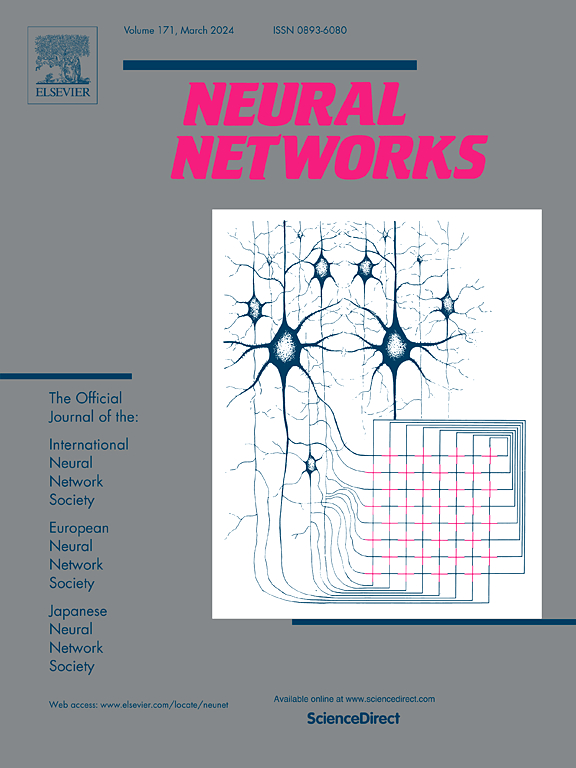Break Adhesion: Triple adaptive-parsing for weakly supervised instance segmentation
IF 6
1区 计算机科学
Q1 COMPUTER SCIENCE, ARTIFICIAL INTELLIGENCE
引用次数: 0
Abstract
Weakly supervised instance segmentation (WSIS) aims to identify individual instances from weakly supervised semantic segmentation precisely. Existing WSIS techniques primarily employ a unified, fixed threshold to identify all peaks in semantic maps. It may lead to potential missed or false detections due to the same category but with diverse visual characteristics. Moreover, previous methods apply a fixed augmentation strategy to broadly propagate peak cues to contributing regions, resulting in instance adhesion. To eliminate these manually fixed parsing patterns, we propose a triple adaptive-parsing network. Specifically, an adaptive Peak Perception Module (PPM) employs the average degree of feature as a learning base to infer the optimal threshold. Simultaneously, we propose the Shrinkage Loss function (SL) to minimize outlier responses that deviate from the mean. Finally, by eliminating uncertain adhesion, our method effectively obtains Reliable Inter-instance Relationships (RIR), enhancing the representation of instances. Extensive experiments on the Pascal VOC and COCO datasets show that the proposed method improves the accuracy by 2.1% and 4.3%, achieving the latest performance standard and significantly optimizing the instance segmentation task. The code is available at https://github.com/Elaineok/TAP.
求助全文
约1分钟内获得全文
求助全文
来源期刊

Neural Networks
工程技术-计算机:人工智能
CiteScore
13.90
自引率
7.70%
发文量
425
审稿时长
67 days
期刊介绍:
Neural Networks is a platform that aims to foster an international community of scholars and practitioners interested in neural networks, deep learning, and other approaches to artificial intelligence and machine learning. Our journal invites submissions covering various aspects of neural networks research, from computational neuroscience and cognitive modeling to mathematical analyses and engineering applications. By providing a forum for interdisciplinary discussions between biology and technology, we aim to encourage the development of biologically-inspired artificial intelligence.
 求助内容:
求助内容: 应助结果提醒方式:
应助结果提醒方式:


